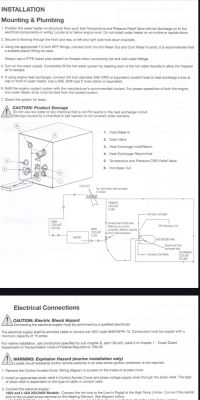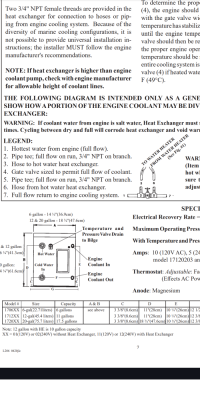SteveOO
Member I
I recently bought a 1980 ericson 38 with the original Universal 5432 diesel with 4k hours, and I'm trying to decide if it has an overheating problem or not. The previous owners said the engine temperature gauge should be at 160f, but when I motor around it climbs up to 180-185 at 1800-2000 rpms (in cold PNW waters). I've check the raw water strainer, checked the impeller, and just installed a new 160 degree thermostat. I used a heat gun and the thermostat housing stays around 162, while the oil filter near the bottom of the engine is in the low 180s. Is that discrepancy normal, or too high? I haven't really kept pushing the engine once it creeps above 180, I don't want to cause any damage.
I guess next steps would be to check out the heat exchanger and the exhaust elbow? Or do I even have a problem? If I do look at the exhaust elbow as a culprit, what am I even looking for? I assume some sort of build up that impedes the flow of gas, but not sure.
Cheers.
Edit: I found the 5432 engine manual and it says 170-185 is a normal operating temperature, and I've found some threads on here where others run the same engine at 190 all the time. It's odd if it suddenly runs 25 degrees hotter than it allegedly used to though.
I guess next steps would be to check out the heat exchanger and the exhaust elbow? Or do I even have a problem? If I do look at the exhaust elbow as a culprit, what am I even looking for? I assume some sort of build up that impedes the flow of gas, but not sure.
Cheers.
Edit: I found the 5432 engine manual and it says 170-185 is a normal operating temperature, and I've found some threads on here where others run the same engine at 190 all the time. It's odd if it suddenly runs 25 degrees hotter than it allegedly used to though.
Last edited:


